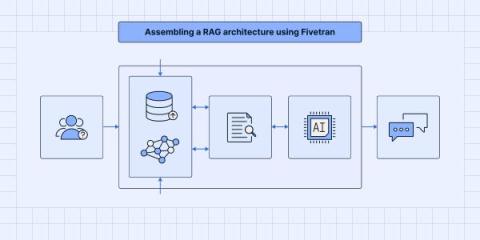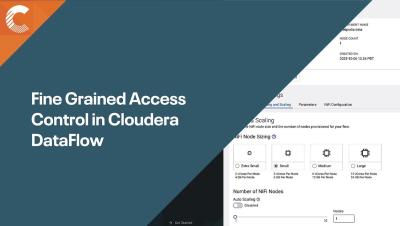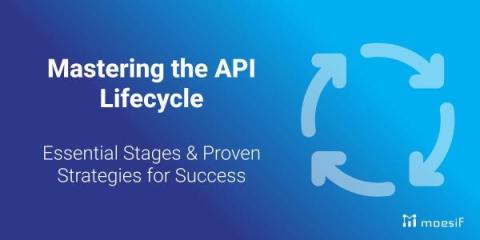What is Data Mapping?
The quick and dirty definition of data mapping is the process of connecting different types of data from various data sources. Data mapping is essential for integration, migration, and transformation of different data sets; it allows you to improve your data quality by preventing duplications and redundancies in your data fields. Data mapping is a crucial step in data modeling and can help organizations achieve their business goals by enabling data integration, migration, transformation, and quality.











